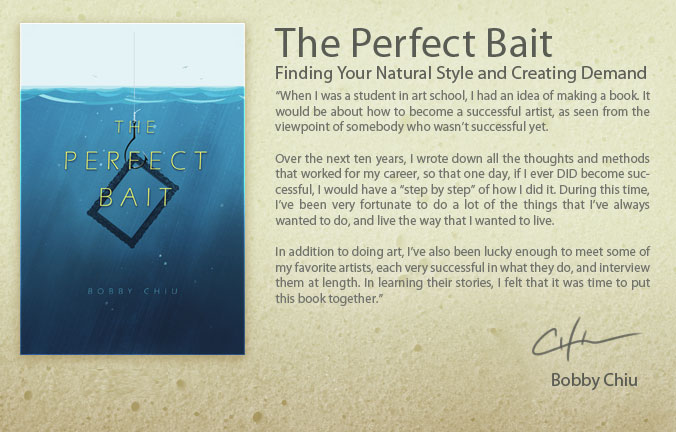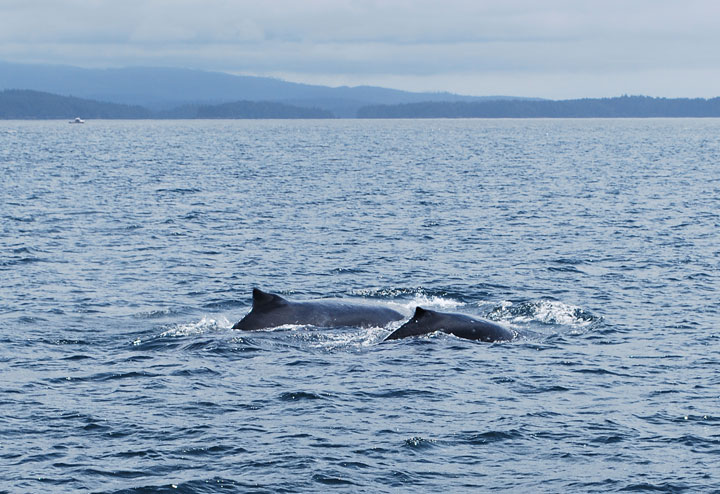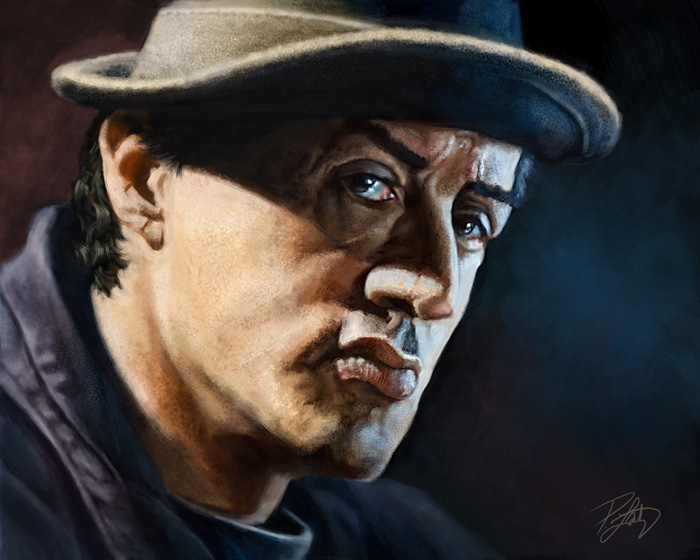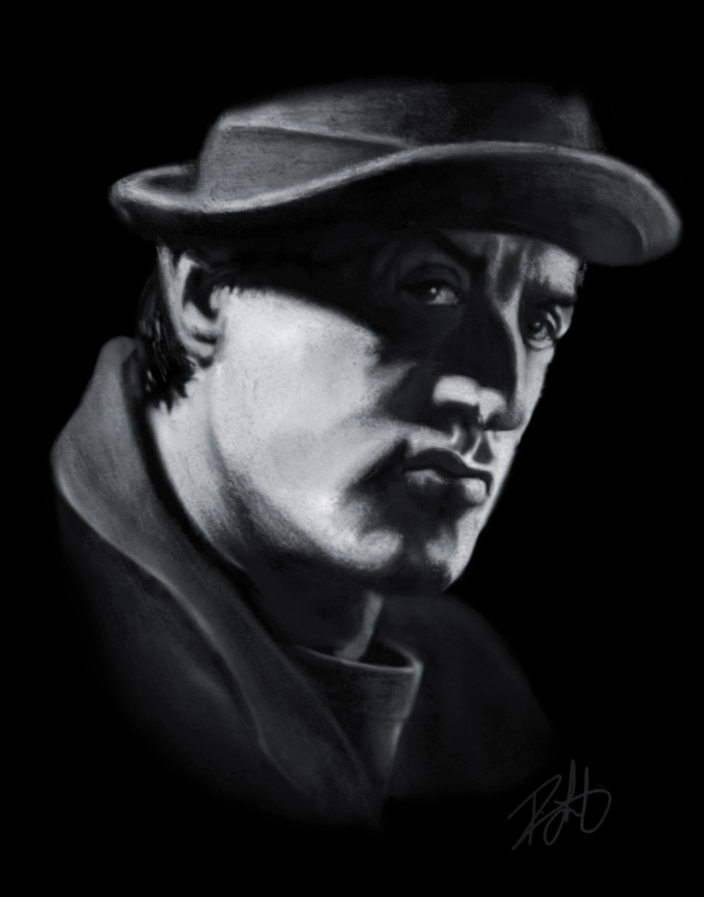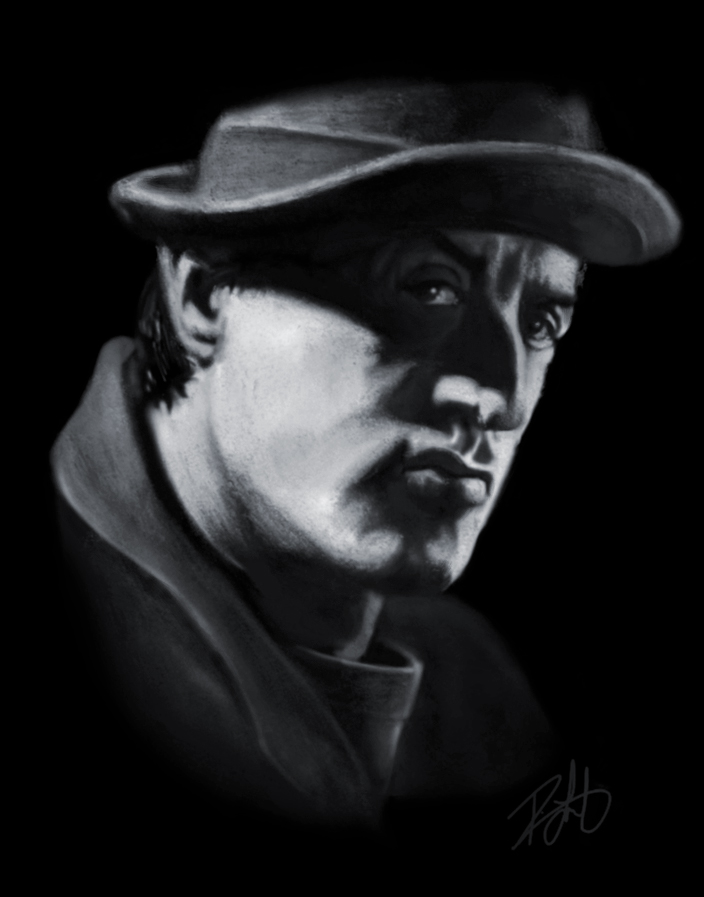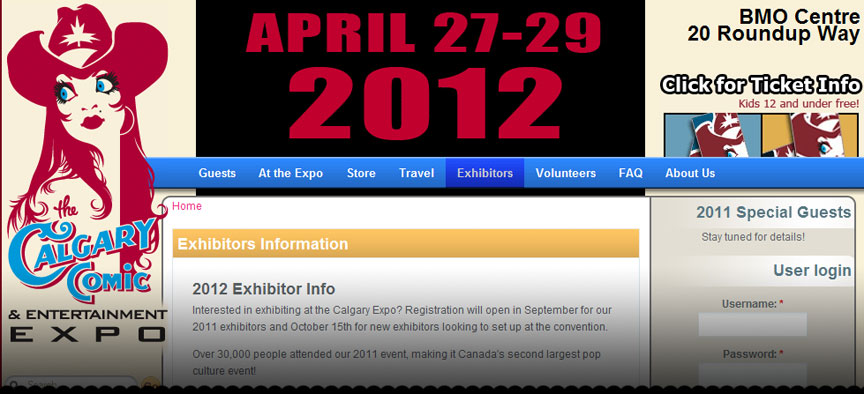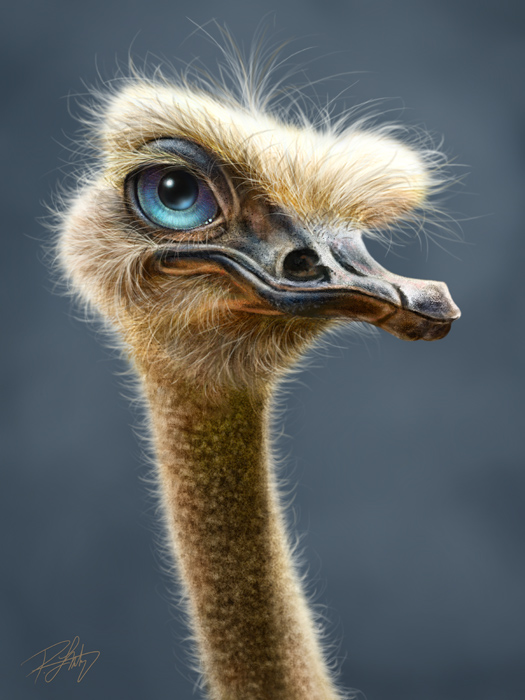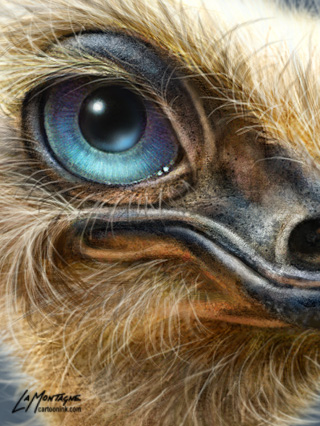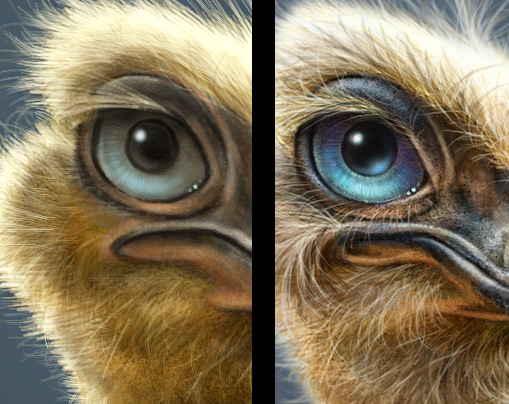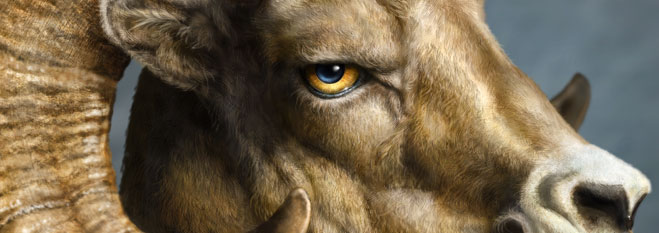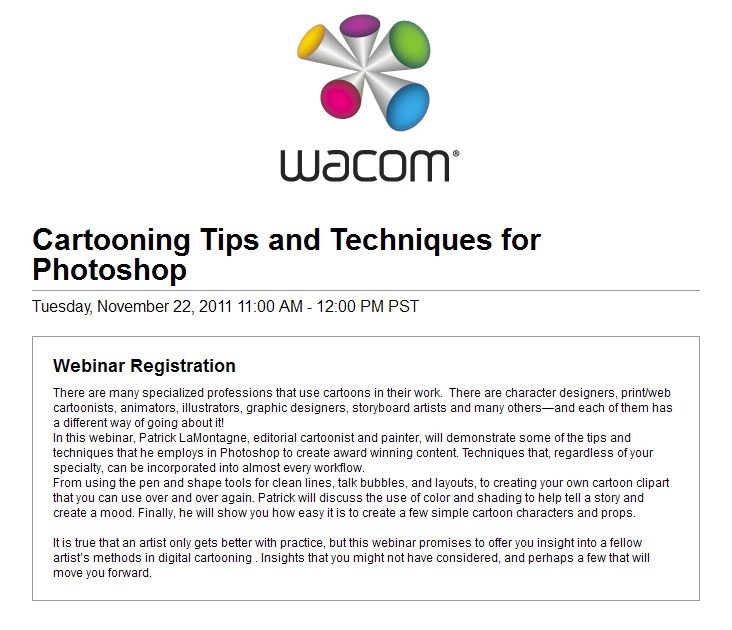
The latest painting in my Totem series, and while Humpback Whales are found all over the world, I consider this the first image in my Pacific Coast series.
This painting was an incredible challenge, and while I had always intended the Humpback to be part of my Totem series, it was something I wanted to do to prove a little something to myself as well. Comments on the other animal paintings often mention how much people like the way I paint fur. While that’s appreciated, I wanted to paint an animal that had none at all, just to see if I could do it.
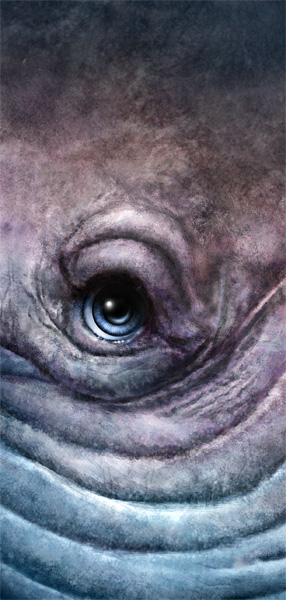 There were a number of challenges with this painting. First, it’s underwater, so there were choices to make on that. When dealing with cool colors on cool colors, the effort to make the whale stand out from the background was going to be in the light contrast and taking a lot of creative license in the color of the whale itself. Another challenge was the texture. For a few hours while painting this, she looked a little like stucco because I had far too much contrast in the details, so rather than a rubbery looking skin, it looked almost scaly. While correcting that, I went a little too far and the skin look too airbrushed. What you see here is the compromise. Skin that is still textured and non-uniform, but still trying to achieve a smoother look than I’m used to. And finally, I wrestled with the water. I didn’t want a smooth gradient look, but I also didn’t want to go with the cliché ‘god lights’ that so many artists use in underwater scenes, those rays of light beaming in from the surface to give the painting an ethereal look. Just didn’t feel right. The background in my paintings is supposed to be just that, so I broke it up with the suggestion of particulates and bubbles.
There were a number of challenges with this painting. First, it’s underwater, so there were choices to make on that. When dealing with cool colors on cool colors, the effort to make the whale stand out from the background was going to be in the light contrast and taking a lot of creative license in the color of the whale itself. Another challenge was the texture. For a few hours while painting this, she looked a little like stucco because I had far too much contrast in the details, so rather than a rubbery looking skin, it looked almost scaly. While correcting that, I went a little too far and the skin look too airbrushed. What you see here is the compromise. Skin that is still textured and non-uniform, but still trying to achieve a smoother look than I’m used to. And finally, I wrestled with the water. I didn’t want a smooth gradient look, but I also didn’t want to go with the cliché ‘god lights’ that so many artists use in underwater scenes, those rays of light beaming in from the surface to give the painting an ethereal look. Just didn’t feel right. The background in my paintings is supposed to be just that, so I broke it up with the suggestion of particulates and bubbles.
Initially, I had planned on the finished image being 30″x40″ at 300 ppi. Unfortunately, I didn’t get there. The full resolution file for this painting is 18″x24″ at 300 ppi, because at one point, the working file size was right around 800MB. My computer’s good, but it gets sluggish when painting detail at that size. I’ve no doubt that I could still print this file at 30″x40″ at 200ppi on canvas and it would still look good, though.
Had a bunch of highs and lows while painting this little lady (BIG lady) and I can’t even guess how many hours I put into it, but it was a lot, likely more than I’ve put into any other painting. For a few hours on the weekend, I was very frustrated and was worried I wasn’t going to achieve the look I wanted. When that was going on, I wasn’t having any fun, whatsoever.
As difficult as this painting was, I learned a lot. Had to create a few new brushes, something I haven’t done in awhile, but they’re now in my library and will come in handy the next time I paint an animal with mottled textured skin. I also learned a few new layering techniques to get the suggestion of detail, without making it too sharp.
While it took a lot out of me, I’m pleased with the finished painting, and I think I’ve grown a little more as an artist, which is always the intent.

